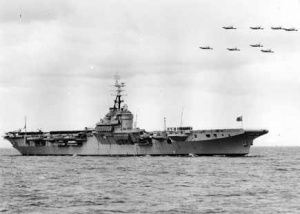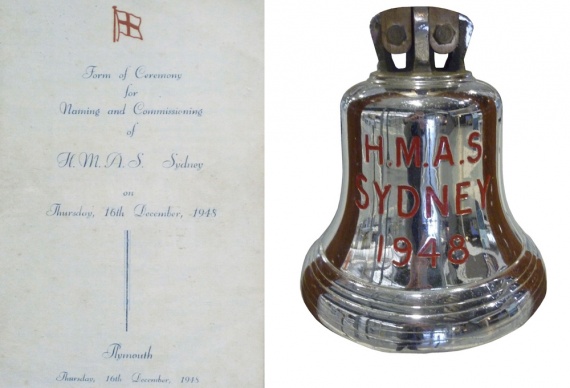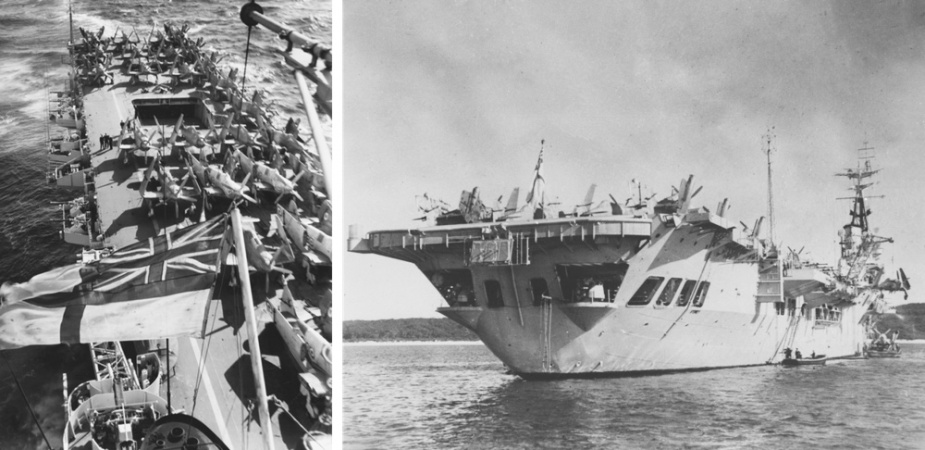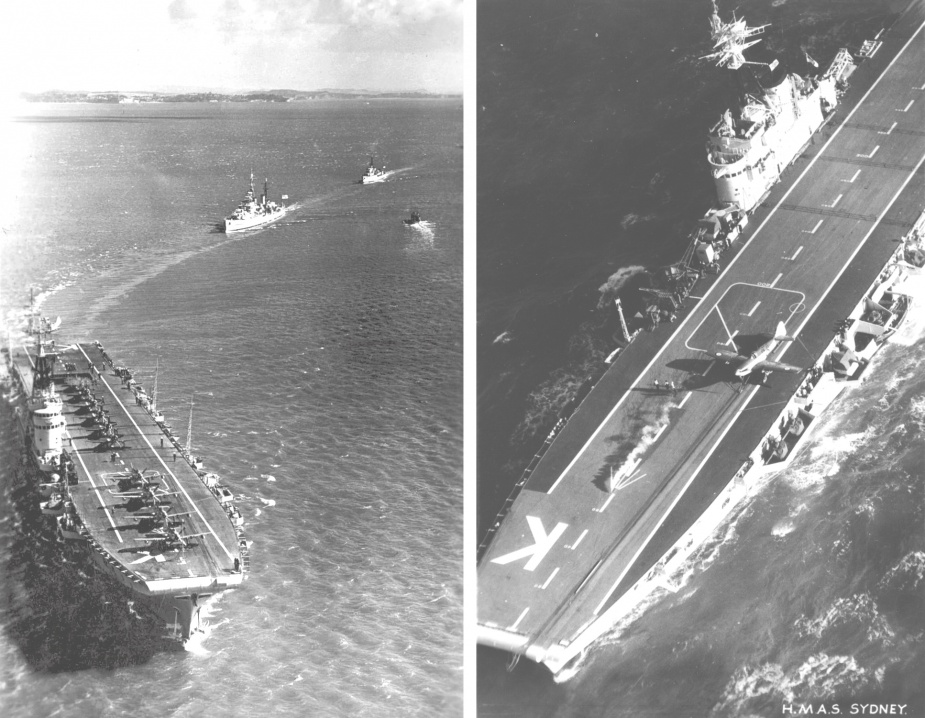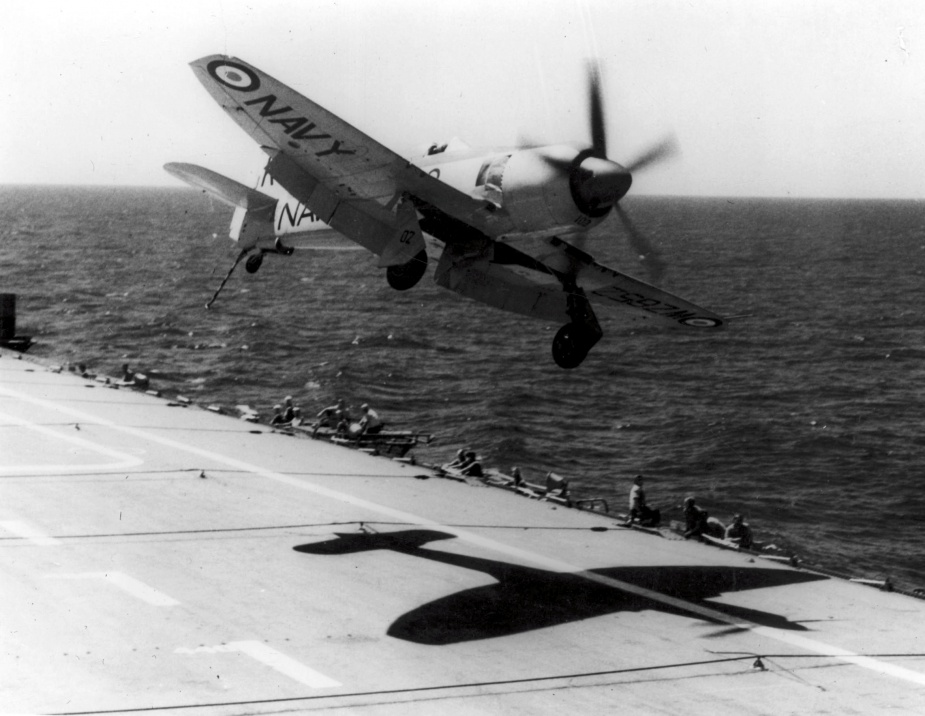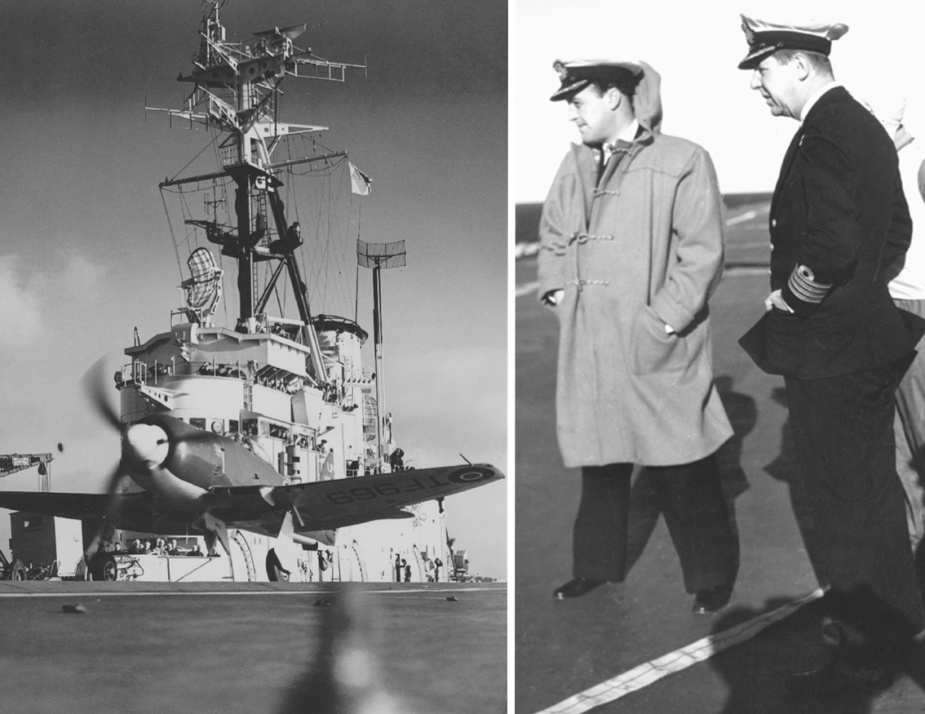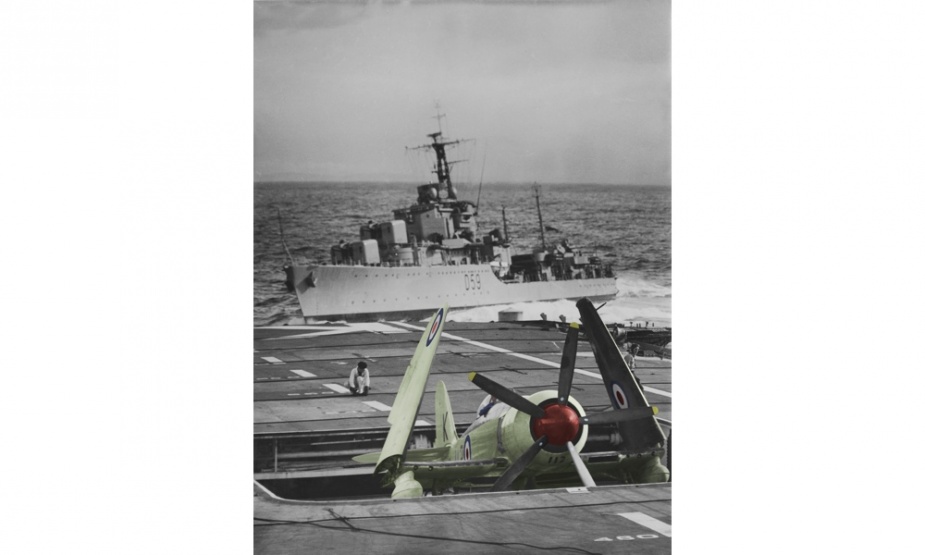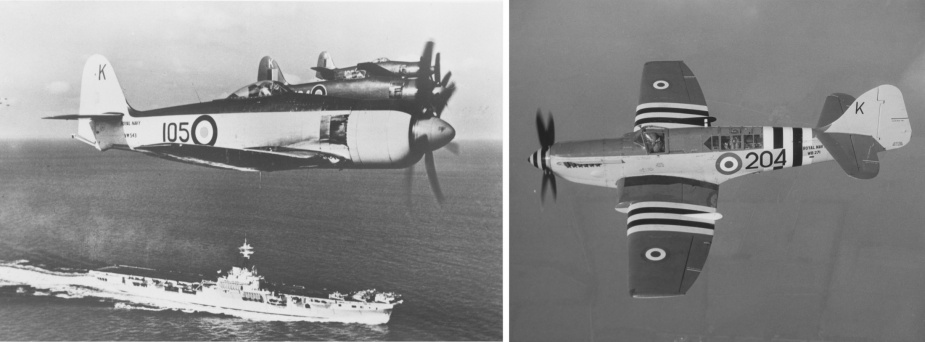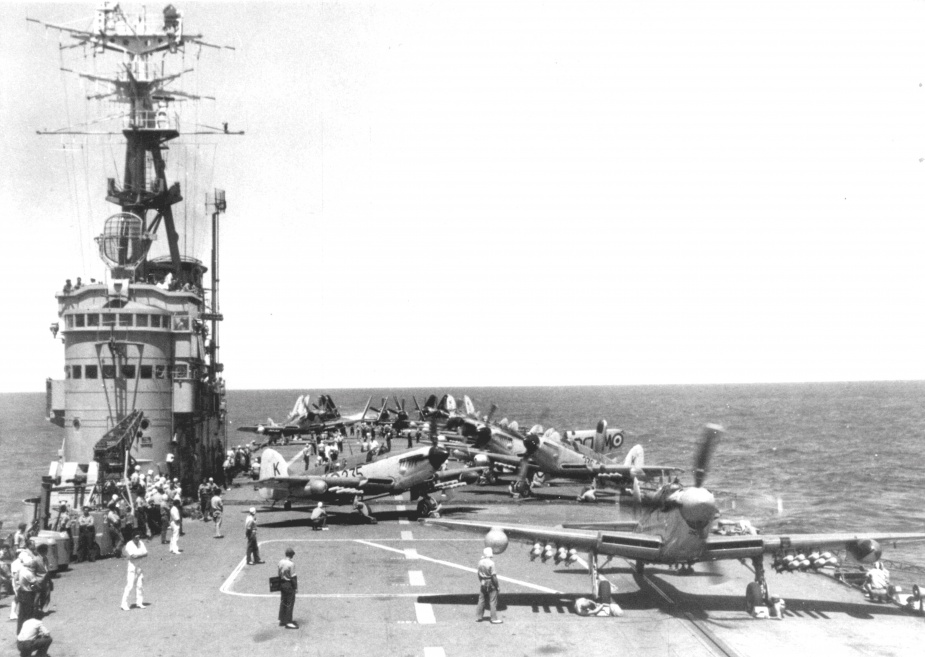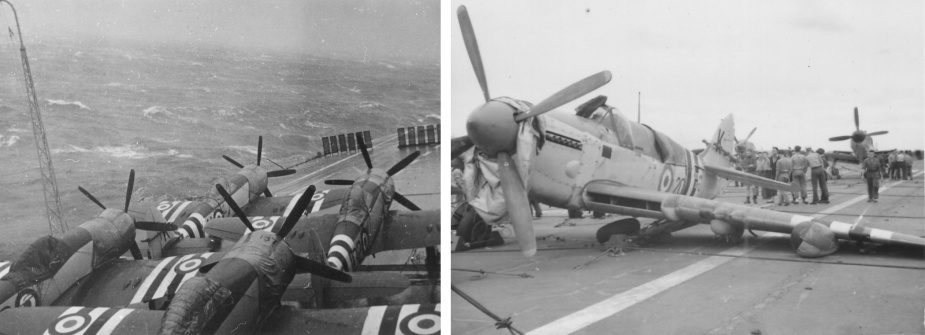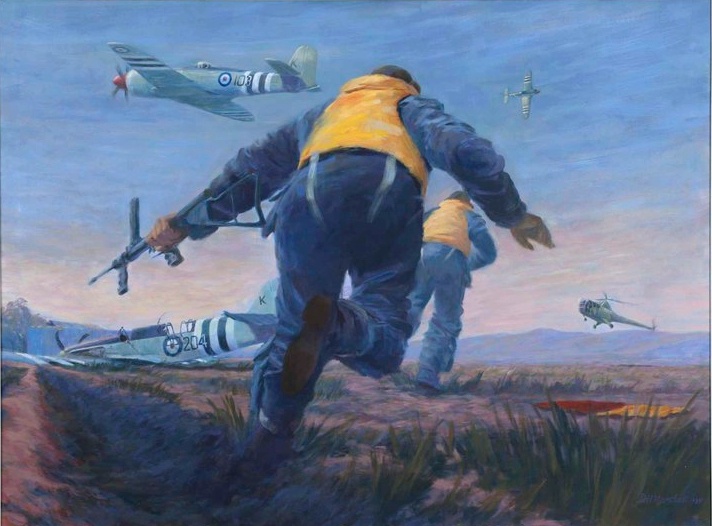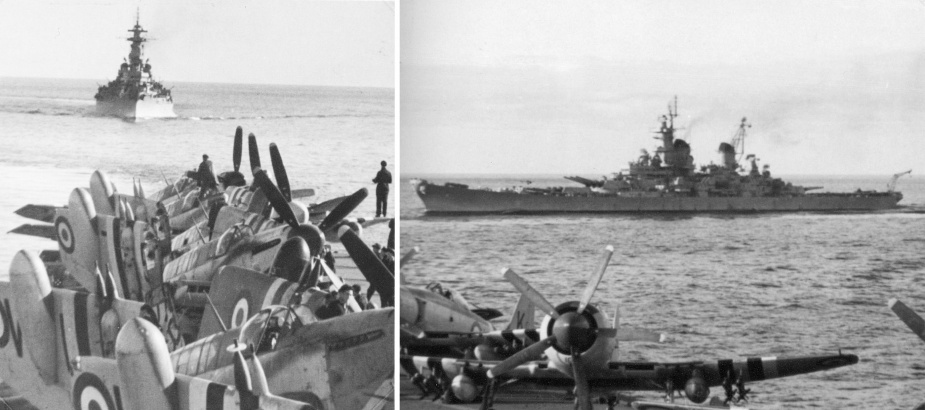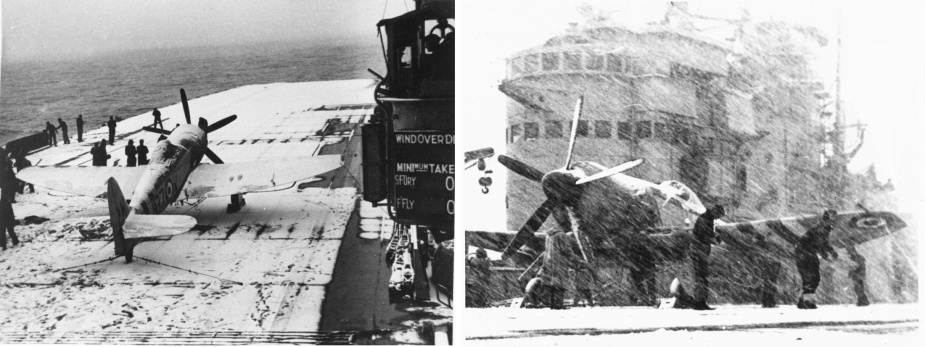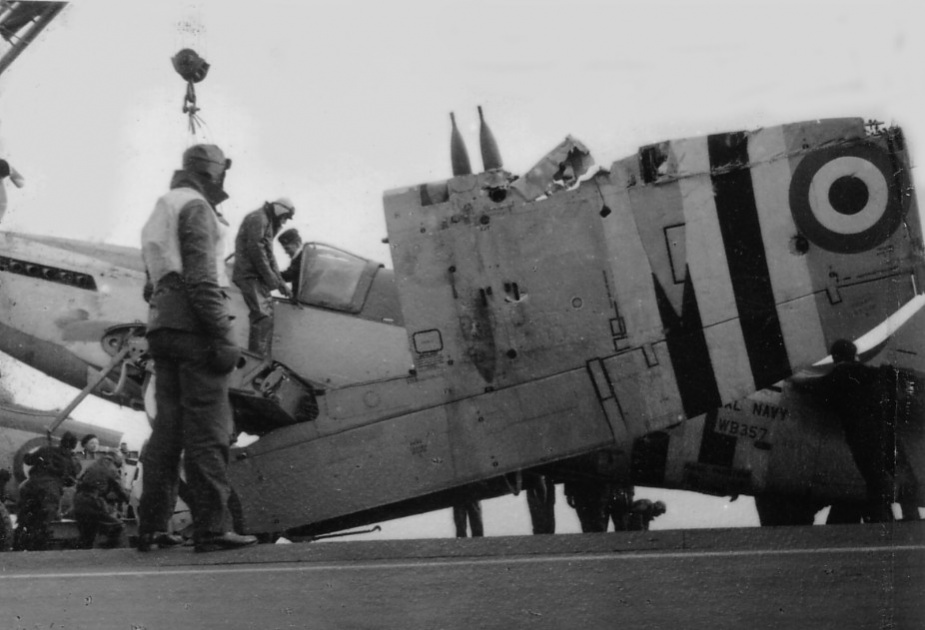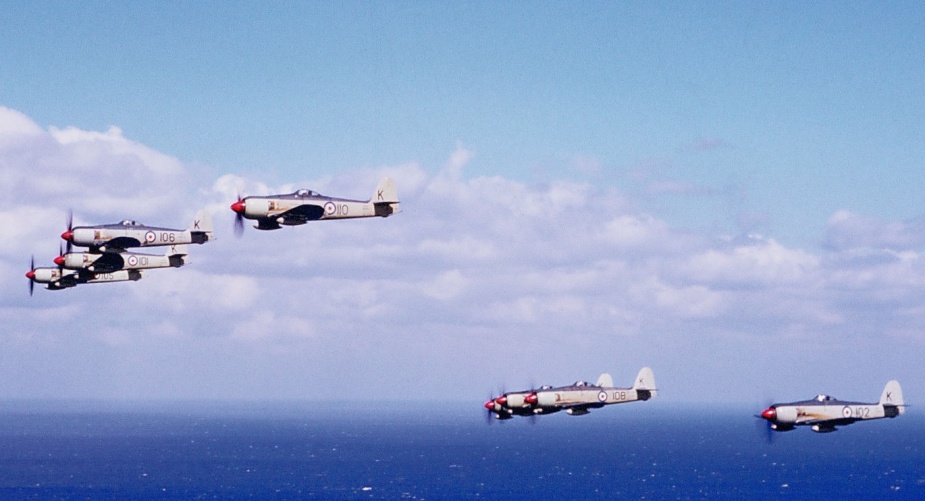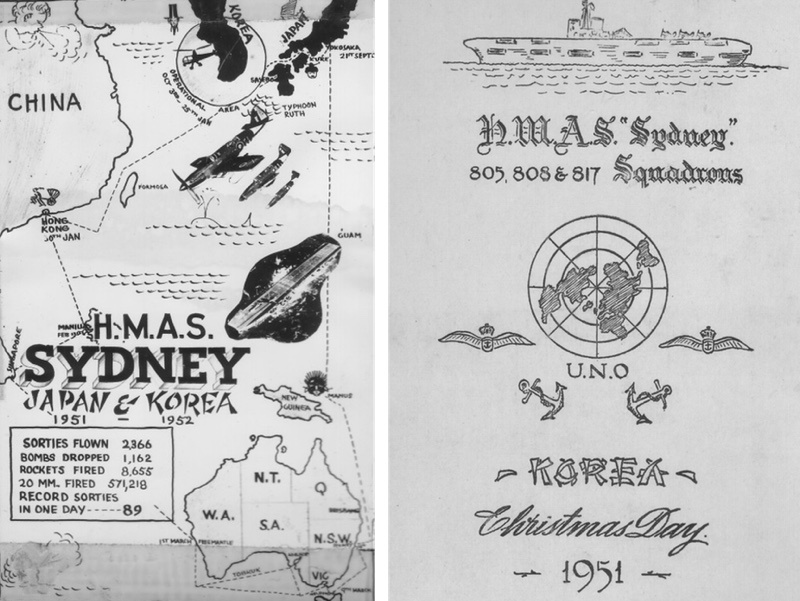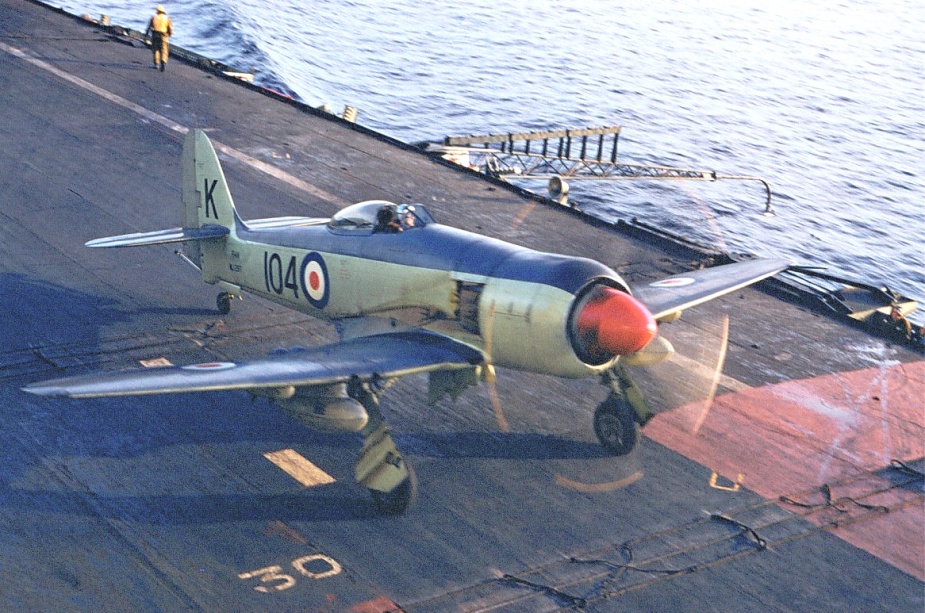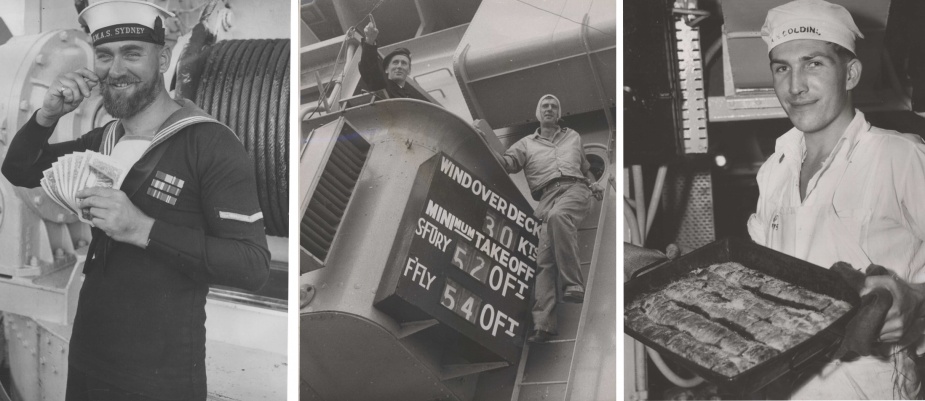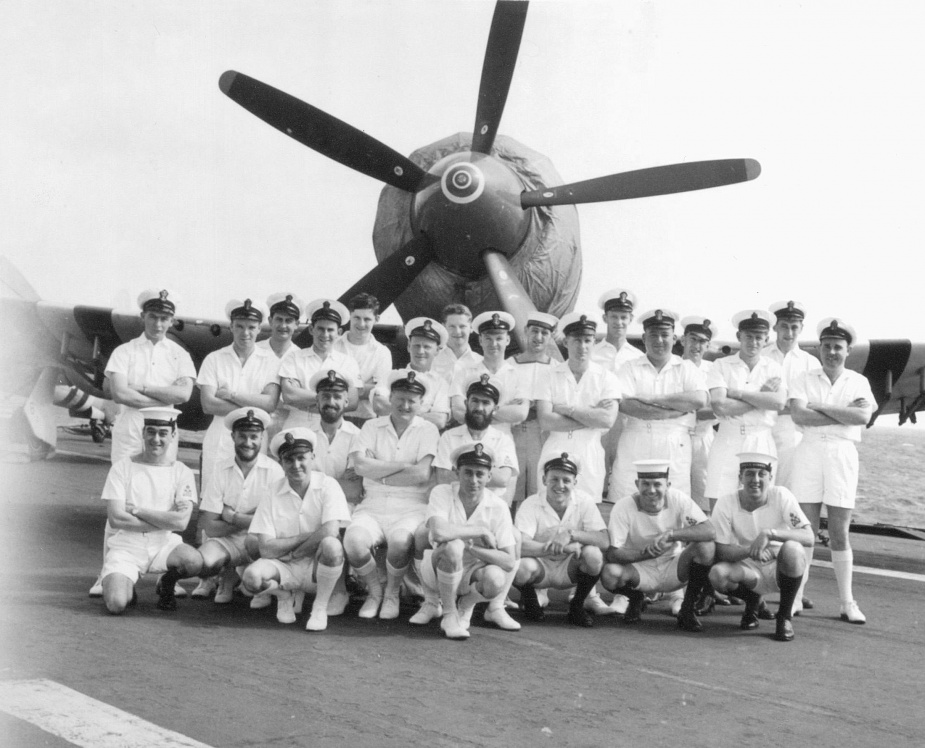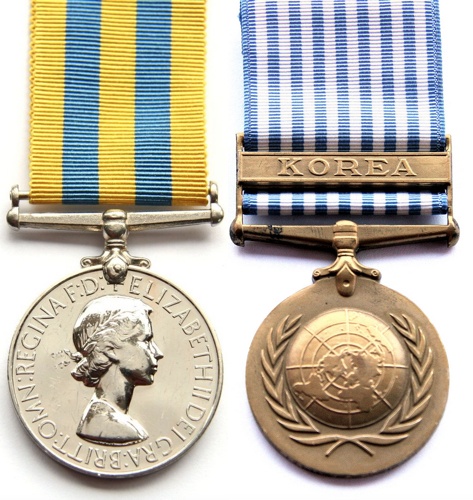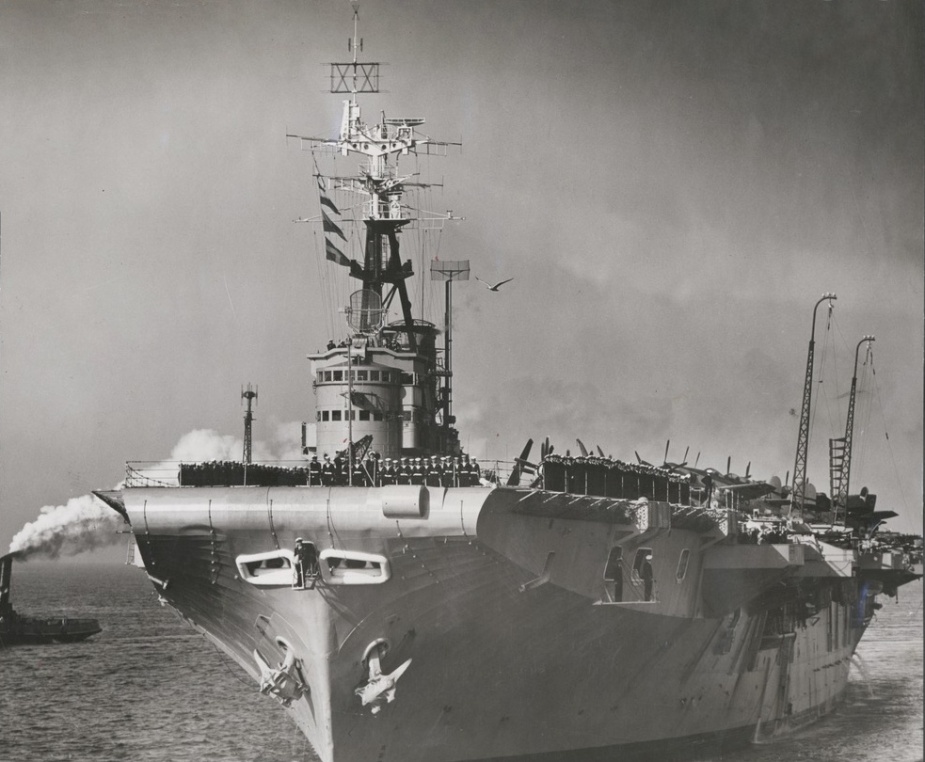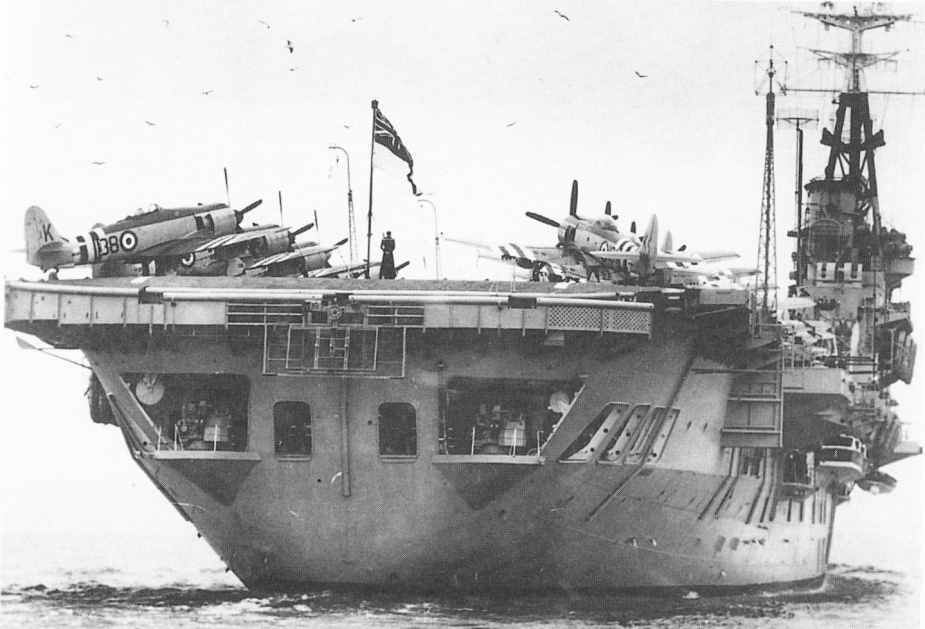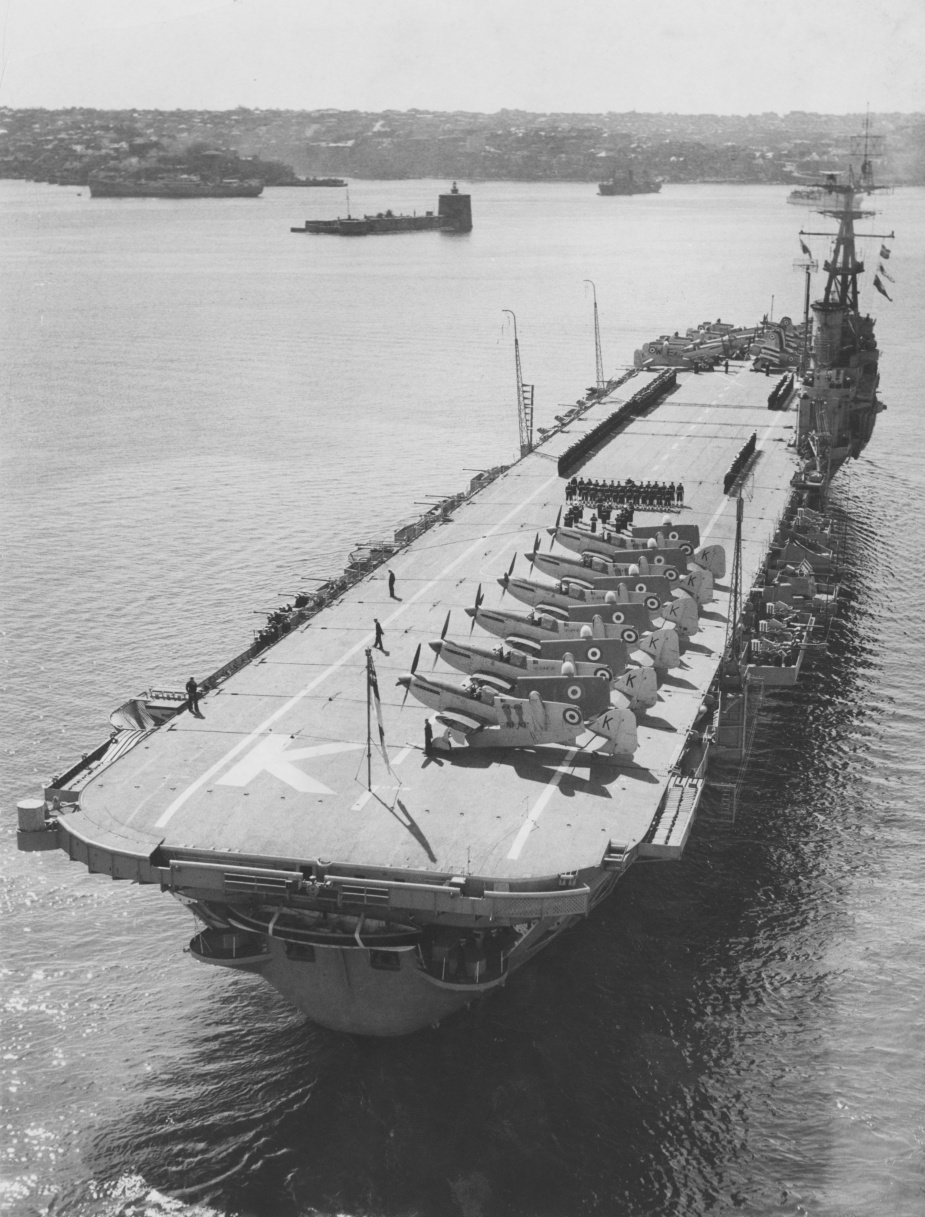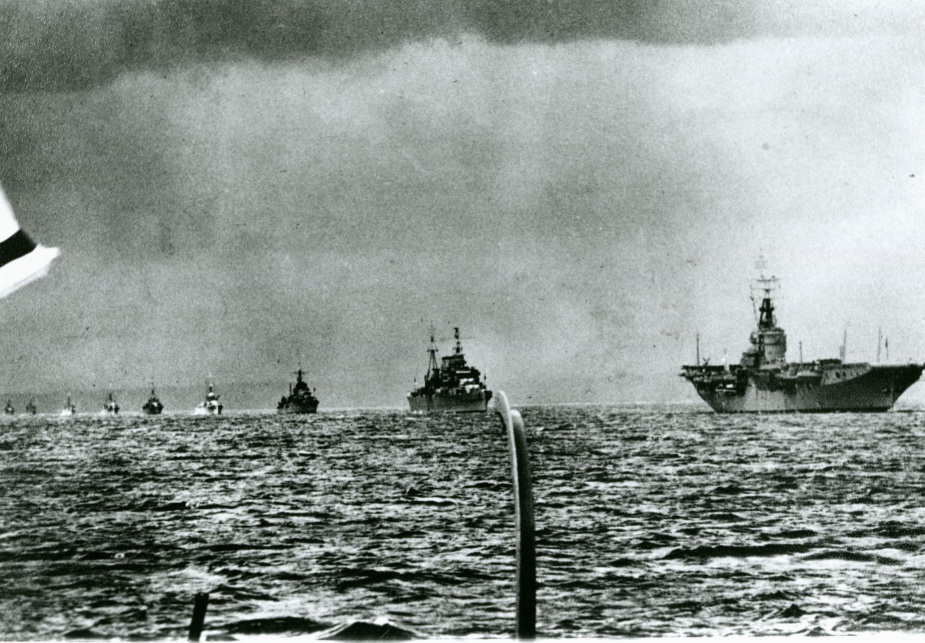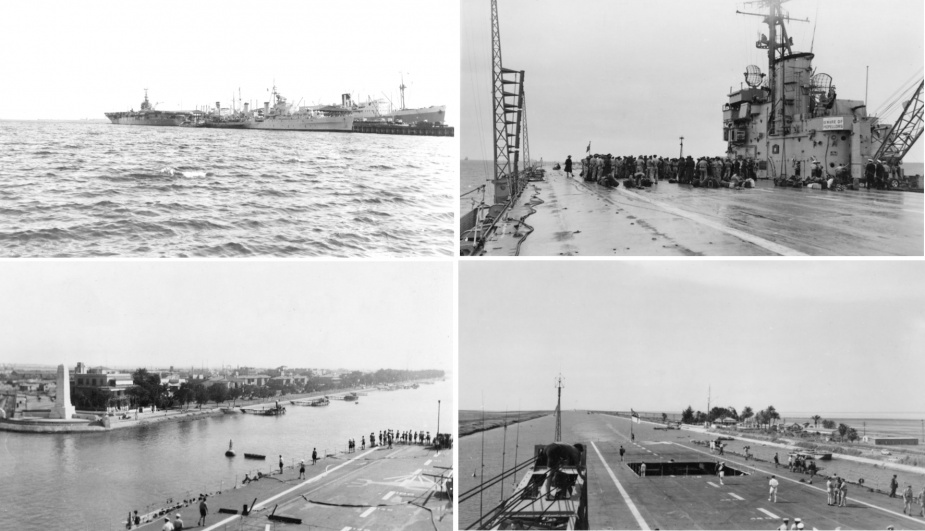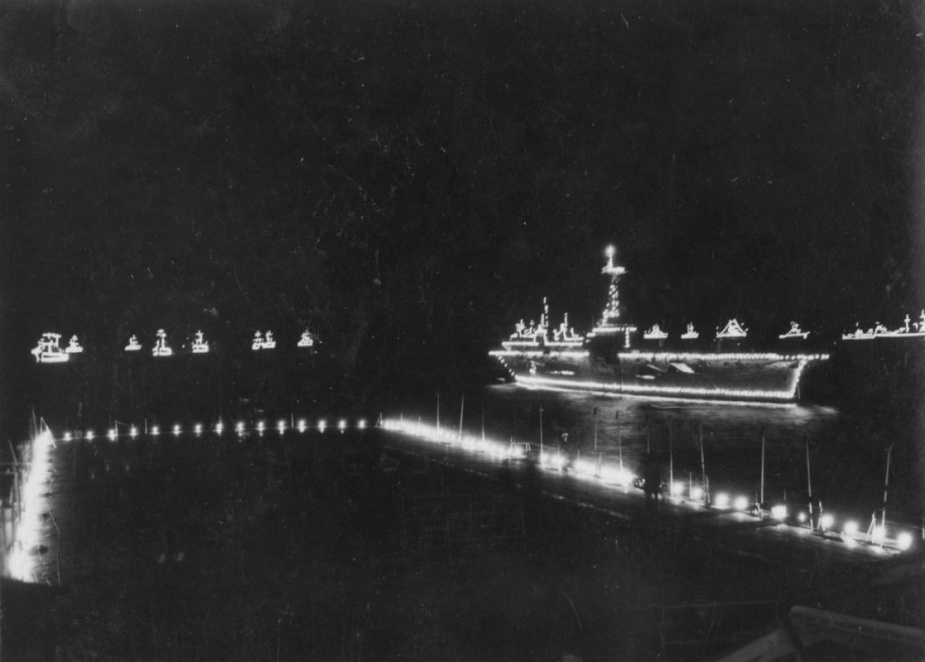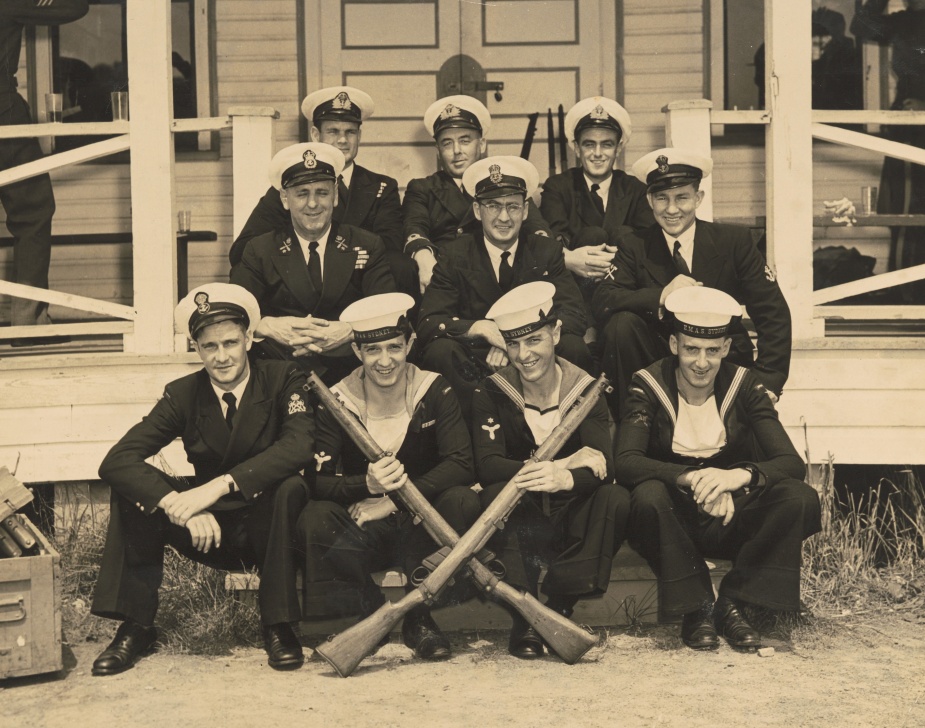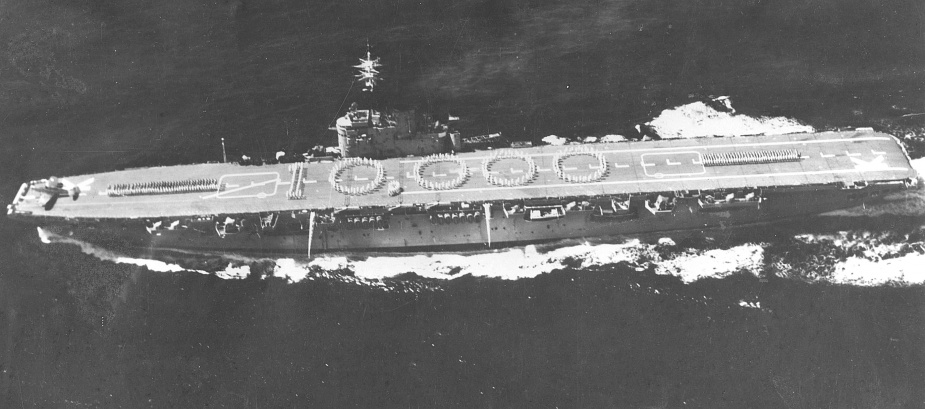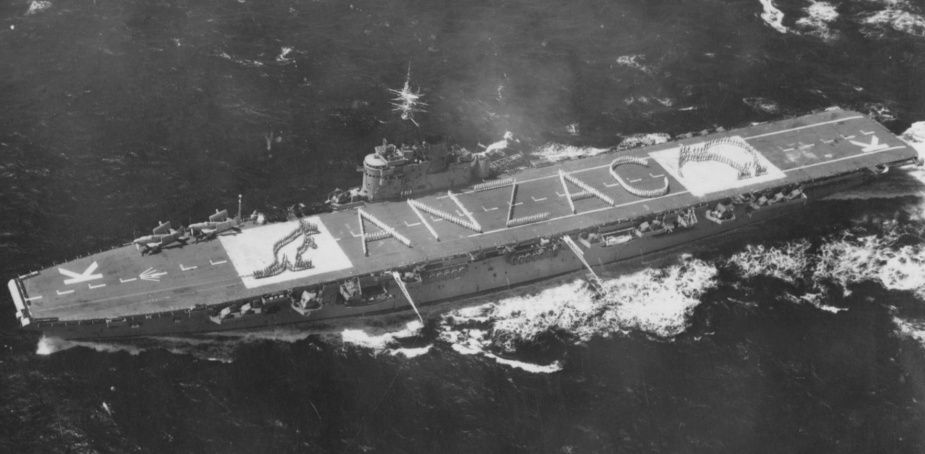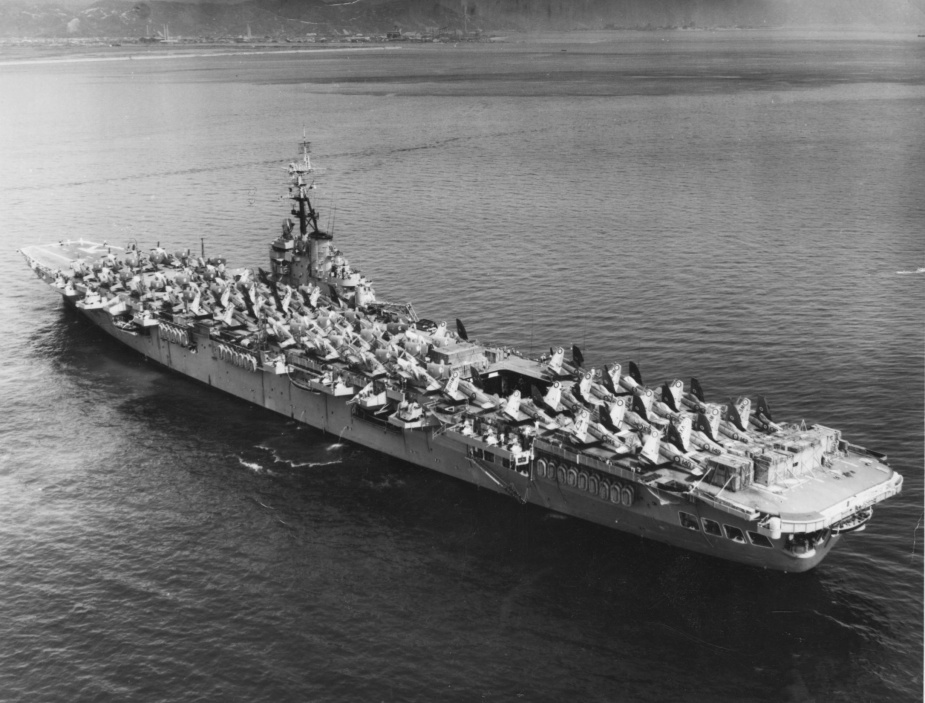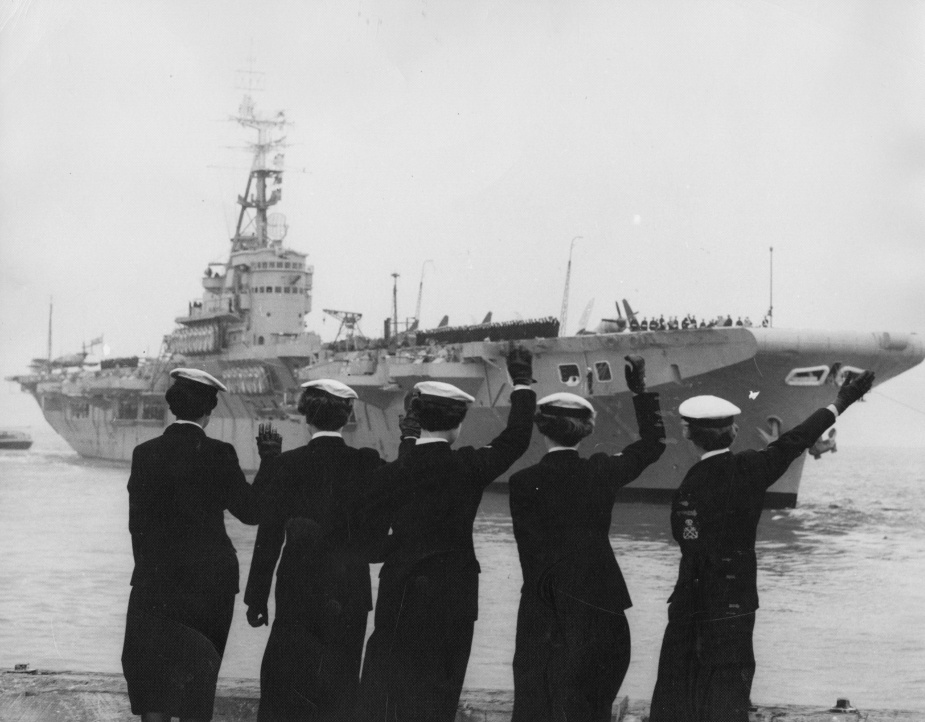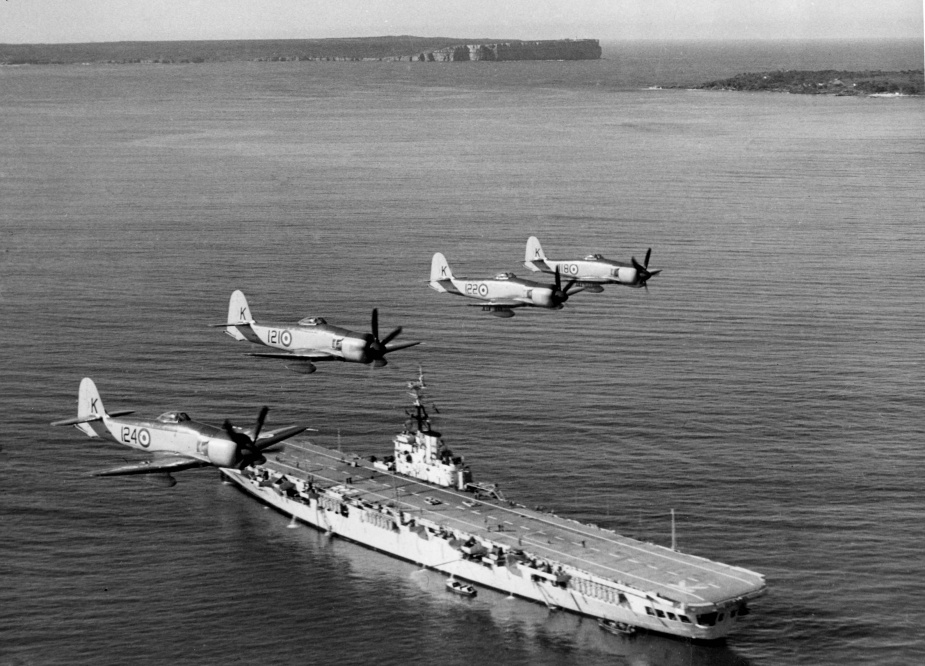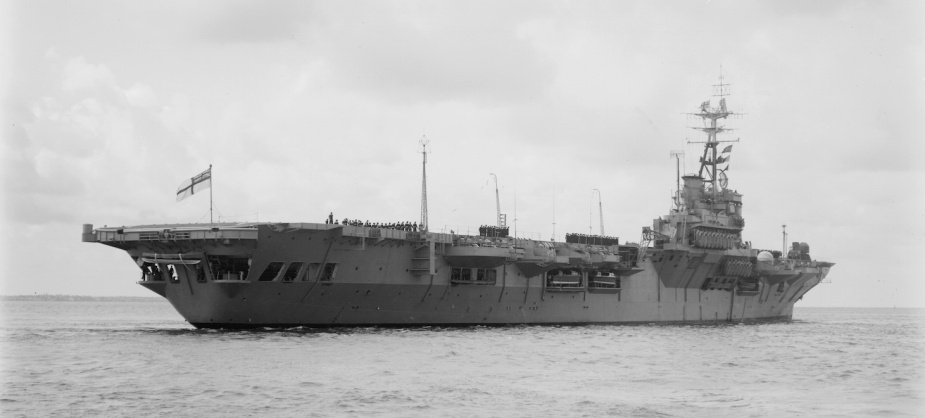HMAS Sydney (III)
| Class |
Majestic Class |
|---|---|
| Type |
Aircraft Carrier/Fast Troop Transport |
| Pennant |
R17 later A214 |
| International Callsign |
VJLR |
| Nickname |
Vung Tau Ferry 1965-1972 |
| Motto |
Thorough And Ready |
| Builder |
HM Dockyard, Devonport, England |
| Laid Down |
19 April 1943 |
| Launched |
30 September 1944 |
| Launched by |
Mrs Duncan Sandys |
| Commissioned |
16 December 1948 |
| Decommissioned |
12 November 1973 |
| Fate |
Sold to Dong Kuk Steel Mill Co, Seoul, South Korea, and broken up |
| Dimensions & Displacement | |
| Displacement |
|
| Length | 696 feet (overall) |
| Beam | 80 feet |
| Draught | 25 feet |
| Performance | |
| Speed | 24 knots |
| Propulsion | |
| Machinery | Brown Curtis Turbines |
| Awards | |
| Inherited Battle Honours | |
| Battle Honours | |
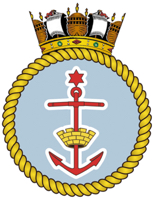
The keel of HMS Terrible, the ship that would later become HMAS Sydney (III), was laid by Viscountess Astor at Devonport Dockyard, United Kingdom on 19 April 1943. She was launched by Mrs Duncan Sandys on 30 September 1944 and was one of six Majestic Class light aircraft carriers whose construction was suspended following the end of World War II.
In 1947 the Commonwealth Government decided to acquire two of the Majestic Class for the Royal Australian Navy (RAN) and work consequently resumed on Terrible which was to be the first 'flat top' aircraft carrier operated by the RAN.
She was handed over to Australia during a ceremony at Devonport on 16 December 1948 at which she was renamed HMAS Sydney (III) by Mrs JA Beasley, wife of the Australian High Commissioner to the UK. She was subsequently accepted into service on 5 February 1949 under the command of Captain RR Dowling, DSO, RAN.
1949
Sydney sailed from Devonport on 12 February 1949 to begin working up exercises. During that time she visited Belfast, Invergordon, the Firth of Forth and Greenock before returning to Devonport on 11 April. The following day Sydney steamed out of harbour bound for Australia with 805 Squadron (Hawker Sea Furies) and 816 Squadron (Fairey Fireflies) embarked. The voyage to Australia took approximately four weeks during which time she made brief calls at Port Said and Aden. Sydney fuelled in Fremantle on 12 May 1949 before continuing her voyage to the east coast via the Great Australian Bight. A port visit of five days duration to Melbourne followed before the carrier sailed for Jervis Bay where her aircraft were unloaded. Sydney arrived in her namesake city on 28 May 1949 where her crew was warmly received by waiting relatives.
Following a period of R&R and maintenance, Sydney sailed from Garden Island on 25 July to begin several months of exercising in the Tasman Sea. There was important work to be done as her crew settled in to the business of effectively conducting flying operations. Daylight operations, night time operations as well as launching and recovering aircraft in varying sea states and weather conditions were a necessary part of ensuring that the RAN's new carrier was prepared future operations. This pattern of exercises continued throughout the remainder of 1949 and into 1950.
1950
In February 1950 Sydney crossed the Tasman Sea visiting New Zealand for the first time. There she called at Milford Sound, Wellington, Akaroa, Lyttleton and Auckland before returning to Sydney on 5 April 1950.
On 7 June 1950 Sydney steamed out of Port Jackson bound for England to embark two further RAN air squadrons, 808 Squadron (Sea Furies) and 817 Squadron (Fireflies). En route she called at Melbourne, Fremantle, Aden, Port Said, Malta, Gibraltar before arriving at Portsmouth on 24 July. Between August and October Sydney conducted working up exercises before sailing from Portsmouth on 26 October for the return voyage to Australia. Calls and fuelling stops were made at Port Said, Aden and Colombo, Fremantle, Adelaide and Melbourne before arriving in Sydney on 8 December 1950 in time for Christmas leave.
1951
From January to August 1951 Sydney conducted further flying exercises and participated in war games in the eastern Australian exercise area. These were not without mishap and Sydney was to suffer her first fatal deck landing crash when a Firefly, with its starboard wing affected by funnel turbulence following a late wave off, clipped Sydney's island superstructure and fell overboard. The pilot Lieutenant B Smith, was killed and the observer rescued by HMAS Tobruk.
As Sydney continued to work up the British Admiralty requested that Australia give consideration to sending the aircraft carrier to the Korean theatre of operations to relieve the Royal Navy carrier HMS Glory which was in need of crew rest and maintenance. The Minister for the Navy, Mr J Francis, supported the request with the arguments that valuable international prestige would accrue to Australia from being the third nation to provide an aircraft carrier for Korean War service and that the RAN would gain some very useful operation experience. Cabinet subsequently approved the request to send Sydney on 11 May 1951.
The Korean War
Under the command of Captain David H Harries, RAN, Sydney departed Australia for Japan, escorted by Tobruk on 31 August 1951.
Both ships were preceded by Anzac which sailed from Brisbane on 2 August to relieve Warramunga. It was an historic occasion, being the first time that any Dominion aircraft carrier had gone into action. Squadrons embarked at the time were numbers 805 (Sea Furies), 808 (Sea Furies) and 817 (Fireflies). In addition the United States Navy had loaned Sydney a helicopter and crew members for the purpose of search and rescue.
Sydney began her first patrol of the Korean War on 4 October in the western theatre, transferring four days later to the east coast for special operations on 10/11 October. On 11 October, operating against troop concentrations and suspected store dumps on the east coast, Sydney created a light fleet carrier record by flying 89 sorties, making a total of 147 sorties in two days of operations.
On the last patrol on the second day twelve of her Sea Furies caught more than 1000 troops engaged in ‘digging in’ on the hills covering beaches and killed or wounded some 200 of them. The high standard of bombardment spotting by Sydney during the two day operation gained favourable comment from the United States battleship USS New Jersey.
On 14 October 1951 Sydney was lying at anchor in harbour at Sasebo, Japan, replenishing in readiness her next operational patrol. Warning had been received the previous night of the approach of Typhoon Ruth. In view of the restricted and crowded nature of the anchorage Sydney and other large ships were ordered during the morning of 14 October to put to sea. Sydney experienced the most intense phase of the typhoon from 17:00 to midnight on 14 October, with winds exceeding 68 knots being encountered (the true wind recorder failed at 68 knots).
On 3 November Sydney left Kure to renew west coast operations, assuming command of Task Element 95.11. Screened by HMC Ships Athabaskan, Cayuga and Sioux and United States Ships Hanna and Collett, she began operations early on 5 November. The preliminary sorties of the operation brought her first casualty. Lieutenant KE Clarkson RAN was killed when his aircraft failed to pull out of a strafing dive against enemy transport.
During the following days, and in spite of bad flying conditions, Sydney maintained a high sortie level against enemy lines of supply and communication. She provided patrols for United Nations surface craft. On 12 November the ship reached her thousandth sortie in 18½ flying days since her arrival in Korean waters.
On 13 November, the single clear day of the patrol, Sydney was joined by USS New Jersey wearing the flag of Vice Admiral EM Martin USN, commanding the United States 7th Fleet. It was the last day of the patrol, successful in spite of the weather. As her Commanding Officer commented:
I am pleased to be able to say that on 13 November no railway line was serviceable in the area covered by my aircraft.
A total of 401 sorties were flown during the period of the fourth patrol. Selected targets received 186 x 500-lb bombs.
On 18 November Sydney sailed from Sasebo forming part of Task Group 95.8, under the command of Rear Admiral AK Scott-Moncrieff, DSO RN in HMS Belfast, for a coordinated strike against the industrial centre of Hungnam on the east coast.
Shortly after dawn on 20 November the guns of the fleet opened fire on known anti-aircraft positions as a preliminary to the first of ten attacks by Sydney's aircraft, with barracks, industrial plants, stores and rail communications targeted. More than 100 sorties were flown during the two day operation. Sydney detached on 21 November and, screened by Constance and Van Galen, proceeded for the west coast theatre.
Snow and high winds prevented the resumption of flying operations until 24 November and in succeeding days of the patrol severely limited activity. It was not until 27 November that conditions improved sufficiently to bring the enemy's respite to an end. The following day Sydney's patrol ended. During this patrol sub-zero temperatures were experienced and a total of only 270 sorties were flown on both eastern and western Korean coasts, with four days operations cancelled.
On 7 December Sydney returned to the west coast from Kure, again representing the Carrier Element of TE 95.11. Flying began shortly after first light and the day, according to her commander ‘proved rich in results’. Unfortunately the success of the day’s sorties was marred by the loss of a second pilot from her complement. Sub Lieutenant RR Sinclair, RAN, operating a Sea Fury north west of Chinnampo, was hit by flak and although successful in baling out, died from injuries inflicted by his falling aircraft's tail. Four other aircraft were hit on this day and one Sea Fury was forced to land on Paengyong-Do with its wheels up.
Profiting from a spell of fine weather which continued unbroken until 14 December, Sydney's aircraft maintained a high rate of attack. Troop concentrations in the Changyon Hanchon areas, the Chinnampo waterfront, coastal small ships and rail communications all received attention. On the morning of 13 December a Sea Fury was shot down to the westward of Pyong-Gang and in the afternoon a second Sea Fury was shot down off Ongjin. Both pilots were rescued, the first by a United States helicopter from Paengyong and the latter by a friendly junk.
The closing days of the patrol were occupied in support of incoming convoys and CTE 95.12, in his anti-invasion operations in the Chodo-Sokto area, including the provision of a constant daylight patrol over the ships in the vicinity. The patrol ended on 18 December with a tally of 383 sorties. Twenty-five aircraft suffered flak damage including five lost. The majority of hits were sustained in the heavily gunned Angag Peninsular area.
A brief respite at Kure ended on 27 December when Sydney sailed to relieve USS Badoeng Strait on the west coast. Operations began in bad flying conditions in the early morning of 29 December. In the two succeeding days cover to outbound convoys from Inchon was the main task. On New Year's Day 1952, the carrier's aircraft resumed the active offensive role, giving assistance to United Nations troops on the island of Yongho-Do which had been invaded early that morning.
A total of 362 sorties were flown during this operational period, an average of 50.3 sorties per flying day. On 2 January 1952 the ship suffered her third fatal casualty when an aircraft piloted by Sub Lieutenant RJ Coleman RAN dived into the Yellow Sea.
On 16 January Sydney assumed command of TE 95.11 for the last time when she took over the west coast patrol from USS Badoeng Strait. Screened by United States Ships Hanson and Radford, HMCS Sioux and HMAS Tobruk (I), she began her last series of sorties in bad weather on 17 January.
Operations continued until 25 January, Sydney's last day of participation in the Korean War. During the period of 17 to 25 January a total of 293 sorties were flown including one day on convoy escort and two days when weather conditions prevented flying. Sasebo was reached on 26 January and the following day, screened by the destroyer HMAS Tobruk (I), the ship sailed for Australia.
Sydney spent 64 days in the operational area (not including passage from Sasebo or Kure) mainly as the British Commonwealth carrier of the west coast patrol. Of these days 9.5 were taken up by replenishment or passage between the west and east coasts. Bad weather accounted for 11.7 flying days, leaving a total of 2,366 sorties flown. The average daily sortie rate was 55.2 per full flying day. Ammunition expenditure during the course of Sydney's seven patrols totalled 269,249 x 20mm rounds; 6359 rocket projectiles; and 902 bombs of 1000-lb and 500-lb weight.
1952
On 25 January 1952 Sydney left Korean waters. She had been 118 days in the area of operations during which time she had completed seven separate patrols. Ten of her aircraft had been shot down and numerous others damaged by flak. Her casualties included one killed, two missing and six wounded. A number of her crew were decorated an all received the Imperial Korea Medal and United Nations medal (bar KOREA) in recognition of their involvement. Captain Harries was later made a Commander of the British Empire for:
Devotion to duty while in command of HMAS Sydney, operating off the west coast of Korea for four months, during which time this most efficient carrier created a sortie record and consistently kept up a very high rate of sorties, which could only have been achieved by high efficiency of all hands from hard training under the supervision of Captain Harries. He displayed excellent qualities of command and leadership under conditions of great strain and bad weather, all tasks asked for were accurately carried out.
Sydney’s voyage back to Australia saw her call at Sasebo (Japan), Hong Kong and Singapore before arriving at Fremantle on 22 February. There she was greeted by waterfront strike action and with no tugs available she was compelled to use her aircraft to ‘pin wheel’ herself alongside her assigned berth. After a stay of three days Sydney resumed her passage, calling briefly at Melbourne and Jervis Bay, where the air group was disembarked, en route to Sydney. She arrived in here namesake port on 5 March 1952 where she was greeted by some 1500 family and well wishers who stood on the dockside in drizzling rain.
A well earned maintenance period followed until 3 June when Sydney she put to sea for exercises in NSW and Queensland waters. These were punctuated with return visits to Sydney before the carrier steamed north visiting Manus Island (New Guinea) and Darwin and then proceeding to Australia’s north west coast to provide airborne security for Operation HURRICANE - a British atomic bomb test aimed at measuring the effects of a hypothetical nuclear attack by mine or torpedo on a British harbour.
Sydney’s aircraft were involved in enforcing the prohibited area around the tests and the detonation, which took place on 3 October 1952, the ‘mushroom’ cloud being visible from the carrier some 97 kilometres distant. Sydney then proceeded back to the eastern seaboard calling at Shark Bay and Fremantle before taking part in a ceremonial fleet entry into Port Philip Bay, Melbourne. Sydney, as the Australian flagship, led HMA ships Australia, Tobruk, Shoalhaven, Murchison, Macquarie, Latrobe, Wagga, Cootamundra, Gladstone, Colac and Cowra into Port Melbourne where crowds of people turned out to view the spectacle. Over the next ten days Sydney’s crew enjoyed short leave joining some 90,000 revellers at Flemington Racecourse to watch the 1952 Melbourne Cup.
Following a successful port visit, during which time most ships were opened to visitors, Sydney resumed her passage home calling at Jervis Bay before arriving in Port Jackson on 13 November for maintenance and Christmas leave.
1953
1953 began with the usual pattern of exercises, work-ups and flying operations in waters off the NSW coast. A port visit to Hobart was made in February in support of the Hobart Regatta before Sydney's crew readied itself for a deployment to the United Kingdom to participate in coronation celebrations for HM Queen Elizabeth II. The ship embarked the coronation contingent in Melbourne from where she sailed, under the command of Captain H Buchanan, RAN, on 24 March bound for Fremantle. After fuelling in Western Australia Sydney began the passage to England via Colombo, Aden, Suez, Port Said, Tobruk, Malta and Gibraltar before arriving at Portsmouth on 8 June 1953.
At Portsmouth, Sydney formed part of the 229 strong coronation fleet review at Spithead where the might of Britain’s navy was put on display. Sydney’s aircraft were also to feature in an impressive flypast involving some 300 aircraft from no less than 37 squadrons.
Following the commemorations the carrier crossed the Atlantic Ocean calling at Halifax (Canada), Baltimore (USA), Kingston (Jamaica), Colon (Panama), Pearl Harbor (Hawaii), Auckland (New Zealand) before arriving back in Sydney on 14 August 1953.
After her arrival back in Australia, a maintenance and leave period was followed by exercises in Queensland waters before Sydney again deployed for Korean waters during the post armistice period. The passage to Northeast Asia saw her cross the Great Australian Bight en route to Fremantle where she took on fuel, fresh water and supplies before continuing her passage via Singapore and Hong Kong. She arrived at Sasebo on 16 November and after spending several days there proceeded to Kure before beginning patrol work in western Korean waters. Sydney remained in Asian waters until May 1954 undertaking routine patrols punctuated with visits to Hong Kong and Japan. The deployment was marred by the loss of two pilots and serious injury to a member of the flight deck’s crew. A Sea Fury, piloted by Sub Lieutenant MJ Beardsall, RN crashed into the sea approximately 8 miles ahead of the carrier on 29 December 1953 and Sub Lieutenant JH McClinton, RN died after walking into a turning aircraft propeller. Naval Airman Hazel suffered injuries to his legs in a arrestor wire mishap.
1954-1955
Following her return to Port Jackson in June 1954, Sydney was taken into refit in Captain Cook Graving Dock, Garden Island. Emerging from it in August 1954 the ship was soon back at sea undertaking exercises off the eastern seaboard. This pattern of exercises continued for the remainder of the year and included a brief port visit to Brisbane and Manus Island.
On 22 April 1955, 805, 816 and 817 Squadrons disembarked from Sydney to the Naval Air Station at Nowra, HMAS Albatross, heralding the impending change of the ship's role from an aircraft carrier to a training ship. By then HMAS Vengeance had been commissioned in the RAN as an interim carrier, while Australia awaited the arrival from England of the more modern HMAS Melbourne equipped with the RAN’s first Sea Venom jets and Fairey Gannet anti-submarine aircraft.
In April 1955 Sydney was redesignated the fleet training ship. In that role Sydney was host to numerous drafts of Royal Australian Naval Reserve National Servicemen who joined the carrier to complete the seagoing component of their training. Drafts of engineering sailors were also embarked and training cruises saw Sydney visit a variety of Australian, New Zealand and South East Asian ports between April 1955 and December 1957.
Sydney’s flying career was briefly rekindled on 13 March 1956 when six Sea Furies and six Firefly aircraft from 805 and 851 Squadrons embarked in the carrier for two weeks to conduct deck landing and landing signal officer training. In total 443 deck landings were achieved before the aircraft left Sydney off Evans Head and flew back to NAS Nowra.
Sydney's commission as a fast troop transport continues in Part 2 of this ship history.

